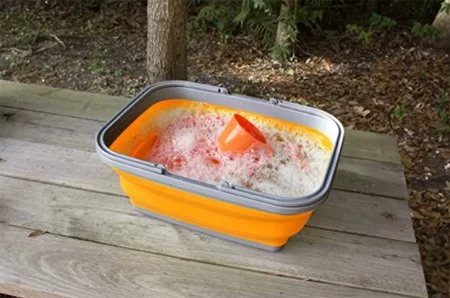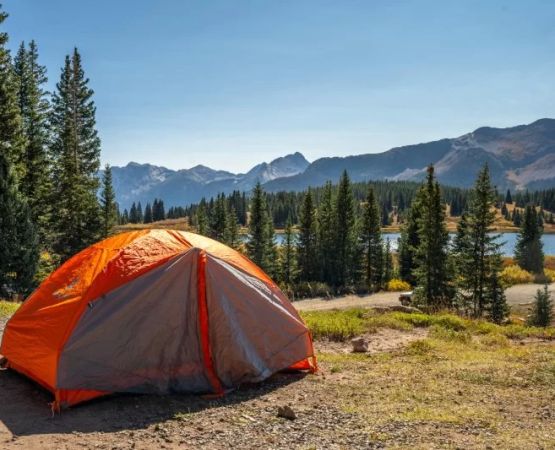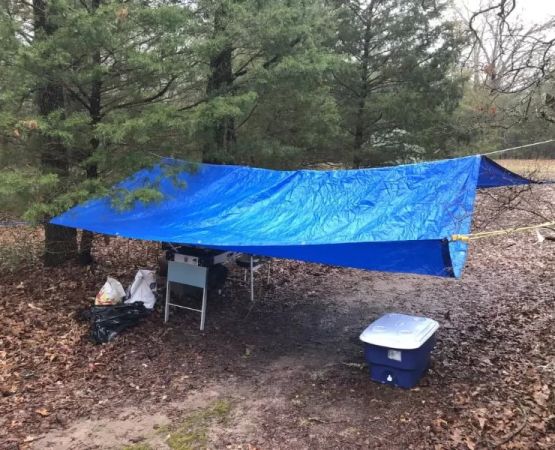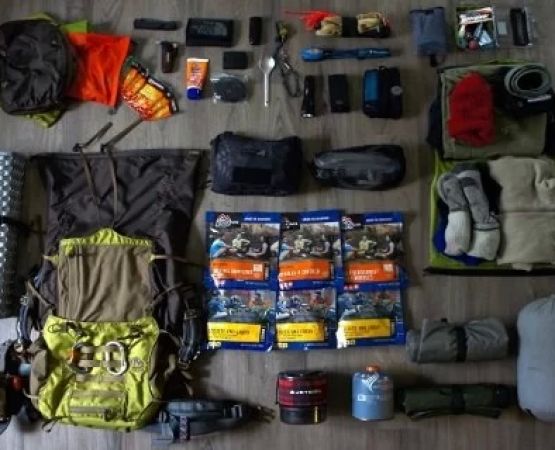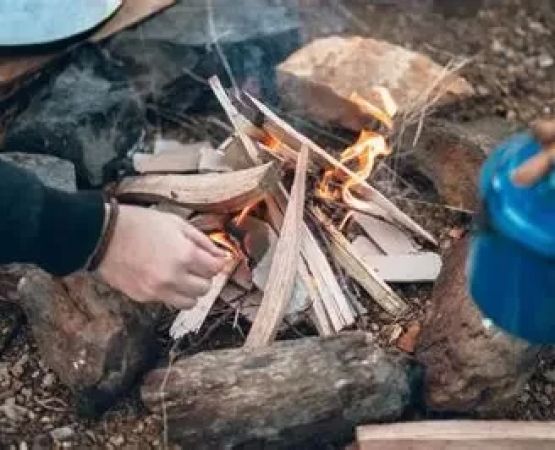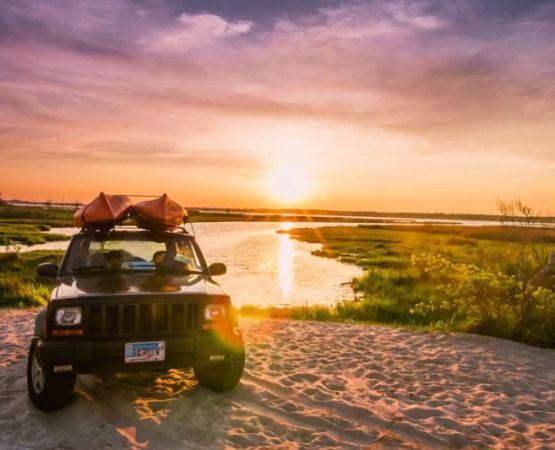- why-portable-camp-sinks-matter-for-outdoor-hygiene
- key-features-to-look-for-in-a-portable-camping-sink
- real-experiences-from-campers-and-families
- how-to-match-your-camp-sink-to-your-camping-style
- maintenance-and-setup-tips-for-longer-use
- recommendations-and-where-to-buy
1. Why Portable Camp Sinks Matter for Outdoor Hygiene
Clean hands and sanitized cooking gear can make the difference between a memorable camping trip and one cut short by illness. Portable camp sinks with running water are not just a convenience—they're a fundamental part of a safe, comfortable, and hygienic camping experience.
Whether you’re deep in the woods or glamping at a lakeside retreat, a well-designed camp sink adds real functionality to your setup. It gives you a dedicated space to wash, cook, and clean—just like home, but more compact and adventurous.
2. Key Features to Look For in a Portable Camping Sink
2.1 Running Water Systems
The hallmark of a good camping sink is its ability to provide running water. Look for battery-operated or foot-pump designs with a refillable water tank and drainage system. This ensures continuous flow without manual scooping or awkward tilts.
2.2 Stability and Portability
A sink that collapses easily yet stays firm when in use is golden. Aluminum or hard plastic bases offer durability, while foldable legs help with compact storage. Integrated soap dispensers and towel racks are bonus features that often go unnoticed but make a huge difference.
2.3 Water Capacity and Drainage
Choose a model that offers at least 3–5 gallons of water capacity for moderate use. Efficient drainage—either through gravity-fed tubes or detachable tanks—prevents stagnant water and messy surroundings.
3. Real Experiences from Campers and Families
During a summer trip to Yellowstone, the Miller family swore by their camp sink with dual water tanks and a foot pedal. “It became our central station—from brushing teeth to cleaning fish,” said Mrs. Miller. “Even our kids used it without being told.”
Meanwhile, a group of solo backpackers in Colorado found compact basin-style sinks better for short hikes but regretted not having a rinse option after a muddy day hike. These stories reflect the importance of tailoring your sink choice to your camping context.
4. How to Match Your Camp Sink to Your Camping Style
4.1 For Car Campers
If you’re driving to your site, go for a full-featured unit with large tanks and added prep space. Brands like SereneLife or Hike Crew offer advanced models with great build quality.
4.2 For Backpackers or Minimalists
Compact, ultra-light models with foldable basins or roll-top fabric designs are best. While they might not offer running water, pairing them with a collapsible jug can mimic the experience with minimal bulk.
4.3 For Group Camping or Events
Multi-station sinks with dual basins and shared water tanks are ideal. They allow simultaneous use by multiple people and reduce waiting lines during meal prep or cleanup time.
5. Maintenance and Setup Tips for Longer Use
5.1 Always Clean Before and After Use
Rinse out tanks and pipes after every trip to avoid mold. Use eco-safe cleaners and dry thoroughly before storing to avoid rust or bacteria buildup.
5.2 Store Smart
Keep your sink in a sealed tote box with labeled accessories. Always store foot pumps and hose connectors separately to prevent tangling or accidental damage.
6. Recommendations and Where to Buy
High-rated models like the Hike Crew Portable Outdoor Foot Pump Sink and the Coleman Portable Camping Wash Basin are top picks for 2025. They combine functionality, ease of transport, and reliability in the field.
Looking for handpicked gear to enhance your outdoor comfort? Visit Pine Cliff Resort to browse curated selections perfect for campers of all types—from solo trekkers to family groups. We only list products we’d use ourselves in the great outdoors.

